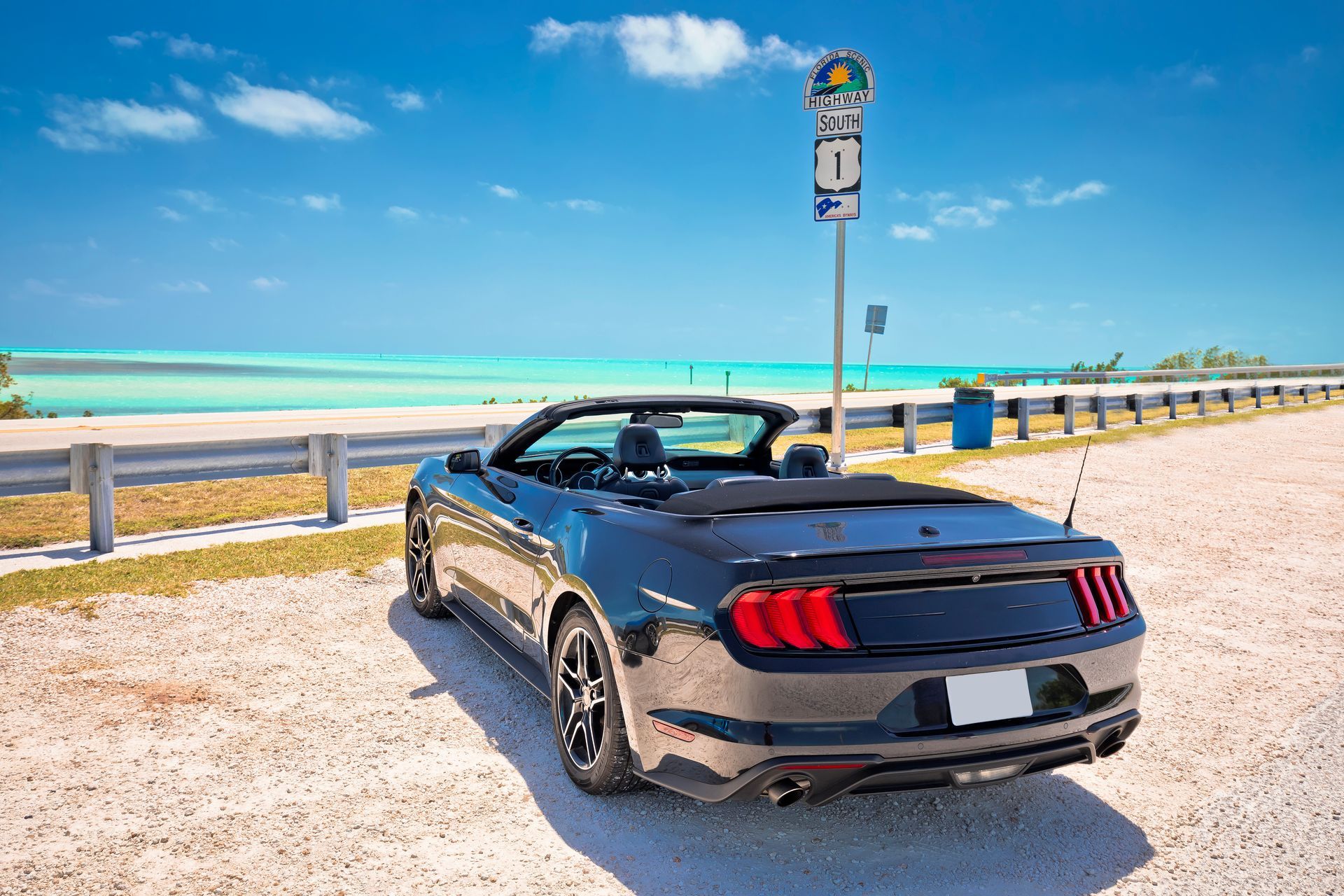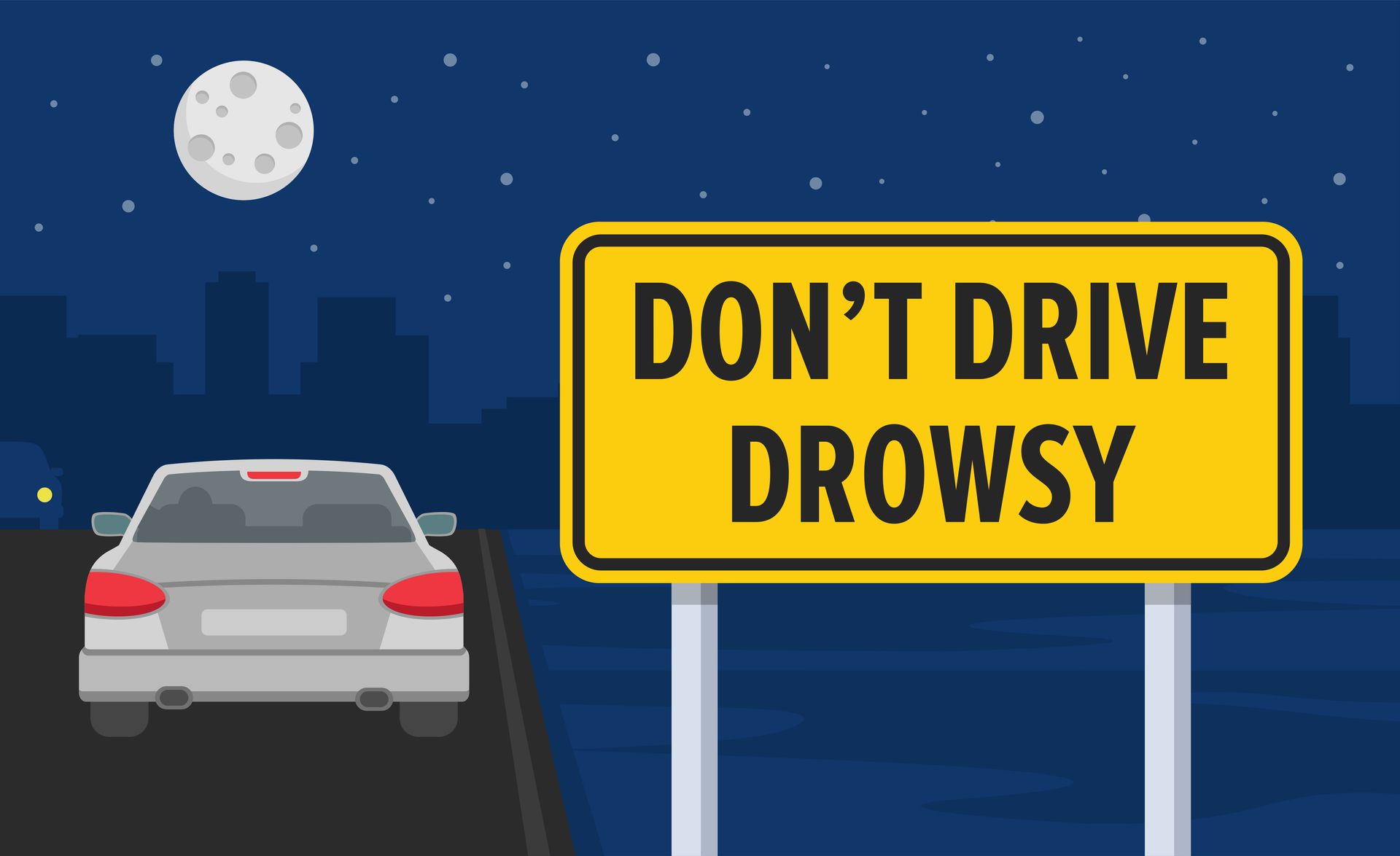Reverse lights are only supposed to come on when your car is actually in reverse. So if they're lit up while you're in the park, driving, or just sitting still, there's definitely something off. Not only can it confuse other drivers, but it can also lead to battery drain or signal a deeper issue that shouldn’t be ignored.
Figuring out the cause early can help you avoid unnecessary confusion on the road—and prevent it from turning into a bigger repair later on.
The Reverse Light Switch
Most vehicles rely on a reverse light switch—sometimes called a backup light switch—located on or near the transmission. This switch is triggered mechanically when the shifter moves into reverse, completing a circuit that sends power to the reverse lights.
If that switch gets stuck in the “on” position, is damaged, or has worn internal contacts, it may send power to the reverse lights even when the car isn’t in reverse. It could also be caused by a loose connection or internal short within the switch housing itself.
On some cars, this switch is part of the transmission range sensor or neutral safety switch. If that sensor fails, you may also notice other strange behavior, like the car not starting in park or issues with gear selection indicators.
Wiring Problems
Faulty wiring is another possible explanation. If a wire that carries power to the reverse lights is frayed, pinched, or shorted to another circuit, it could allow voltage to reach the lights when it’s not supposed to.
This is more likely in older vehicles, cars that have been in accidents, or ones with aftermarket electrical accessories that may have tapped into factory wiring.
Corrosion or moisture in connectors can also create a weak or unintended circuit path, especially in areas that experience wet weather or lots of road salt.
Gear Shifter Assembly
In some vehicles, especially those with electronic shifters, the gear selector mechanism sends digital signals to the vehicle’s computer rather than moving a mechanical cable. If the shifter isn’t registering the gear change correctly, it might be telling the car it’s in reverse when it’s not.
This can sometimes be caused by a faulty shift position sensor or misalignment in the shifter assembly. If you’ve recently had transmission work or shifter adjustments done, and the issue started afterward, it could be related.
You may also notice that the reverse lights come on briefly when moving the shifter—even if you never fully enter the reverse gear. That’s a sign that the internal sensor may need recalibration or replacement.
Other Signs Something’s Wrong
Reverse lights that stay on often come with other symptoms, including:
- The reverse lights blinking or flickering
- The reverse lights coming on while driving forward
- Transmission issues or error messages on the dash
- Difficulty shifting into or out of reverse
Even if the reverse lights seem to be the only thing acting up, it’s best not to ignore the issue. A faulty reverse switch or sensor can affect how the car’s transmission or computer systems behave, depending on your vehicle’s design.
Can This Drain the Battery If Left Alone
Yes—especially if the lights stay on after the car is turned off. Reverse lights are part of your exterior lighting system, and if they remain powered when the ignition is off, they’ll slowly drain your battery. This can leave you stuck with a car that won’t start, even though everything else seems fine.
If your lights only stay on while the car is running, it’s less urgent—but still something that should be fixed before it leads to electrical damage or confusion on the road.
Triple J Automotive – Electrical Diagnostics in Florida
Noticed your reverse lights staying on at odd times? Let our team at
Triple J Automotive in Coral Springs, FL, track down the cause. Whether it’s a worn switch, faulty wiring, or a sensor issue, we’ll pinpoint the problem and
get it fixed before it causes more headaches—or leaves you with a dead battery.












